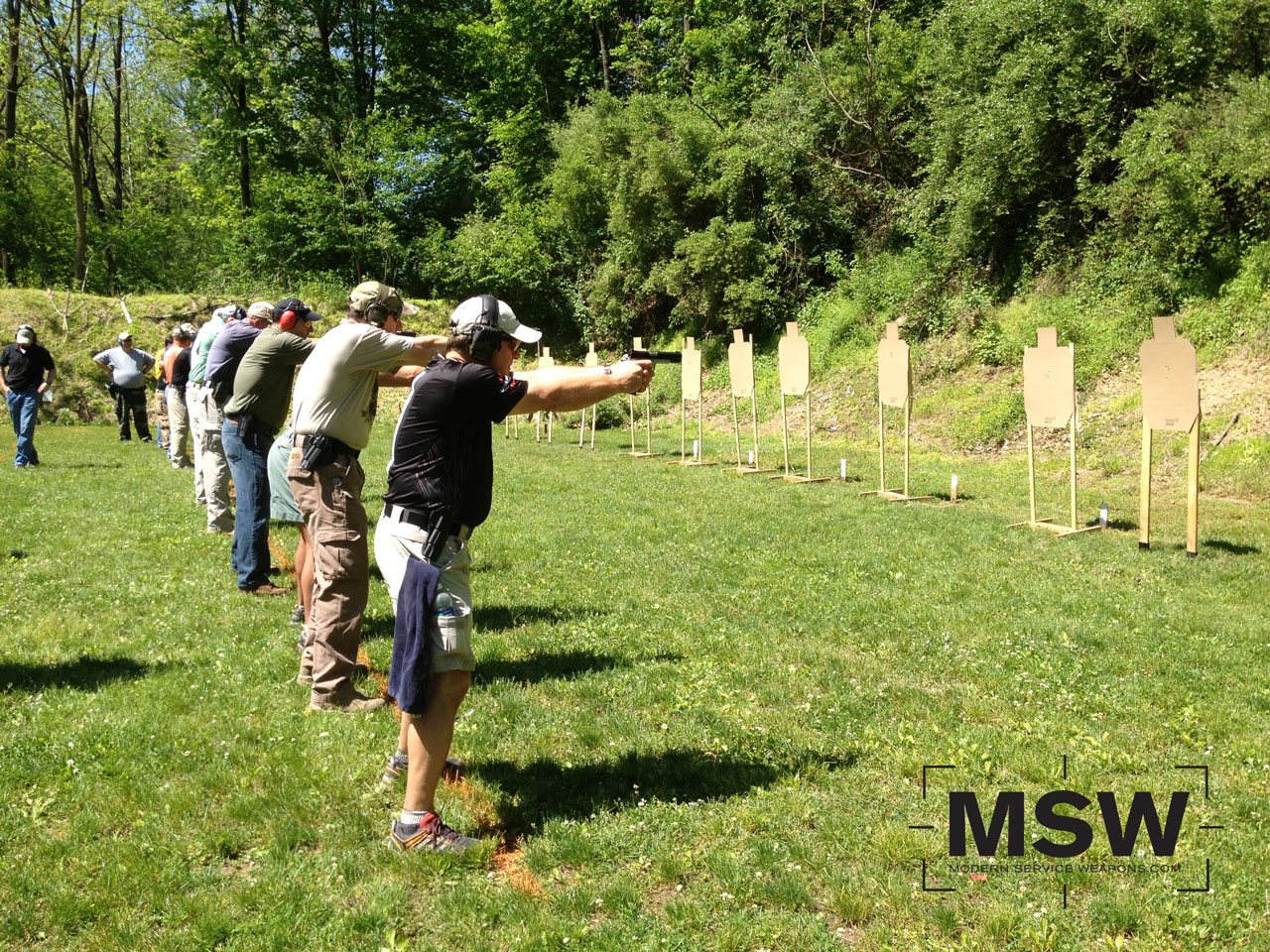A lot of information has started to come forth over the past several years as we have watched many of our seasoned combat veterans return, and enter the realm of tactical training. One specialty in particular that has gained a lot of attention from not only our military folks, but also LE, and civilian shooters seeking a more well-rounded set of skills is TCCC (in military parlance), or Tactical Combat Casualty Care. A cadre of well trained, and very experienced medical professionals are offering this type of training all over the country, and it is being well received, and rightly so.
While I truly believe anyone who carries a gun for a living should have at least rudimentary TCCC skills, I must ask, which is better? Being able to treat the GSW or other life threatening trauma that occurred during a training event, or preventing it from happening in the first place?
I have attended more military, LE, and civilian firearms/shooting training courses and events than I could begin to count, even if I take my socks off, and there is always the token “Safety Brief” prior to putting rounds down range. Most include some sort of an emergency action plan, as well as briefing who are the trained medical personnel present, where they are and where the medical gear is, who is driving to the hospital, where to meet the ambulance, life flight info, address/location of the facility, etc. Most are well thought out, well prepared, and well meaning. Many are even very executable if/when the need arises.
But that’s not my point……….
I recently became aware of the intimate details of a training fatality that occurred in an organization that is highly trained, highly professional, and where everyone puts on their “Big Boy” pants to go train. Was someone derelict in their duties? No. Was someone not up to the task? No. Had their skill levels lapsed? No. But we can’t take any injury, let alone a fatality from training related activities lightly, nor dismiss them simply as “accidents”.
We owe it to ourselves, our families, and our organizations (if applicable) to periodically re-examine how we are training, if it is the smart way, the safe way, and if it accomplishes the training objectives. During the course of reviewing all aspects of the training where the fatality took place, there were gaps identified. None had anything to do with the fatal incident that spawned the review, or were related at all to the fatality, but there were gaps just the same. The trainers conducting the review made some changes, implemented a couple of new safety measures that did not detract from training or the objectives, and this type of training continues to be conducted today. But did it require losing highly trained personnel in order to make that review happen? Probably not. Many organizations, including professional firearms/shooting trainers have periodic reviews of safety measures, protocols, emergency action plans, etc. Talking to the lead trainer for the training where the fatality occurred, he said he has personally changed his periodic review from the organizational requirement of once per year, to every time that particular type of training is conducted.
Would any of these reviews, or even the new safety changes prevented what happened that fateful day for this group? Not likely. Paperwork, and talking about safety can’t stop real time decisions from causing a catastrophe. But by ensuring that all aspects of a training day are reviewed each and every time we step foot on the range, or into a dangerous training environment where there is the possibility of death, or serious physical injury, we can hopefully identify those potential hazards, and we can minimize the potential for severe trauma that may cost us much more than the few minutes it takes to make sure everyone understands what the safety protocols are, and how they are to be implemented to prevent potential mishaps. If it saves a life, it is worth the time.
Quality people are always the most important and valuable resource we have regardless of where we work. We owe it to everyone around us to provide and promote a safe training environment, no matter how inherently dangerous the training may be, or how simple and basic it may appear. No one is too experienced, or too cool, or too high speed to pause for a few minutes to review not just the emergency plan, but also the safety measures that will hopefully prevent needing to use it.




Excellent commentary.
“Routine” is a terrible adversary.
Risk cannot be eliminated but we can constantly strive to be better at recognizing the factors that lead to failure.
As the author points out, too often in law enforcement, change only comes after disaster.
I totally agree with this article. Safety is the #1 factor out on the field. Students come in all shapes and sizes, and not just thier waist line.Leave the big heads, and the know it all mindset at home.Trainers, Instructors have alot going on during class time, with the help of range hands and taking afew minutes here & there keeps everyone safe & sound to keep throwing lead down range . Combative skills should not be the only skill set students should take home at the end of the day..
Great Read Sean M